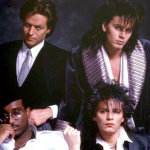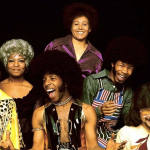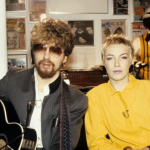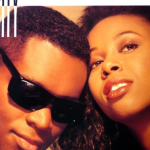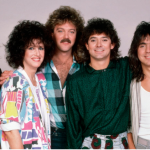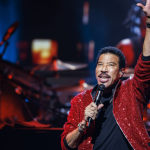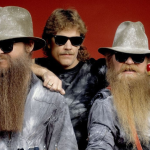“Expecting to Fly” – Buffalo Springfield

“Expecting to Fly” by Buffalo Springfield: A Dreamlike Journey Through Melancholy and Hope
“Expecting to Fly,” a track by Buffalo Springfield, is a hauntingly beautiful piece that exemplifies the band’s ability to blend introspective lyrics with lush, orchestral arrangements. Featured on their 1967 album Buffalo Springfield Again, the song is a poignant exploration of longing, hope, and the ephemeral nature of dreams. Written by Neil Young, “Expecting to Fly” showcases his distinctive songwriting and the band’s innovative approach to folk rock.
The song stands out for its evocative, dreamlike quality, achieved through a combination of orchestral elements and lyrical depth. The arrangement features a rich tapestry of strings and woodwinds, creating a lush and atmospheric backdrop that complements the song’s reflective mood. The orchestration, arranged by Jack Nitzsche, adds a sense of grandeur and melancholy, enhancing the emotional impact of Young’s lyrics.

Lyrically, “Expecting to Fly” delves into themes of aspiration, disillusionment, and the passage of time. The song’s narrative is framed through the metaphor of flight, symbolizing the protagonist’s desire to escape from their current circumstances and achieve a sense of freedom or transcendence. Lines such as “Through the early morning sky, the smell of it flies by” convey a sense of yearning and anticipation, while also hinting at the inevitable disappointment that often accompanies lofty dreams.
The refrain, “I’m expecting to fly / I’m expecting to fly,” captures the tension between hope and reality, as the protagonist grapples with the gap between their aspirations and their actual experiences. This tension is further emphasized by the song’s orchestral arrangement, which combines elements of classical music with folk rock, creating a sound that is both ethereal and grounded.
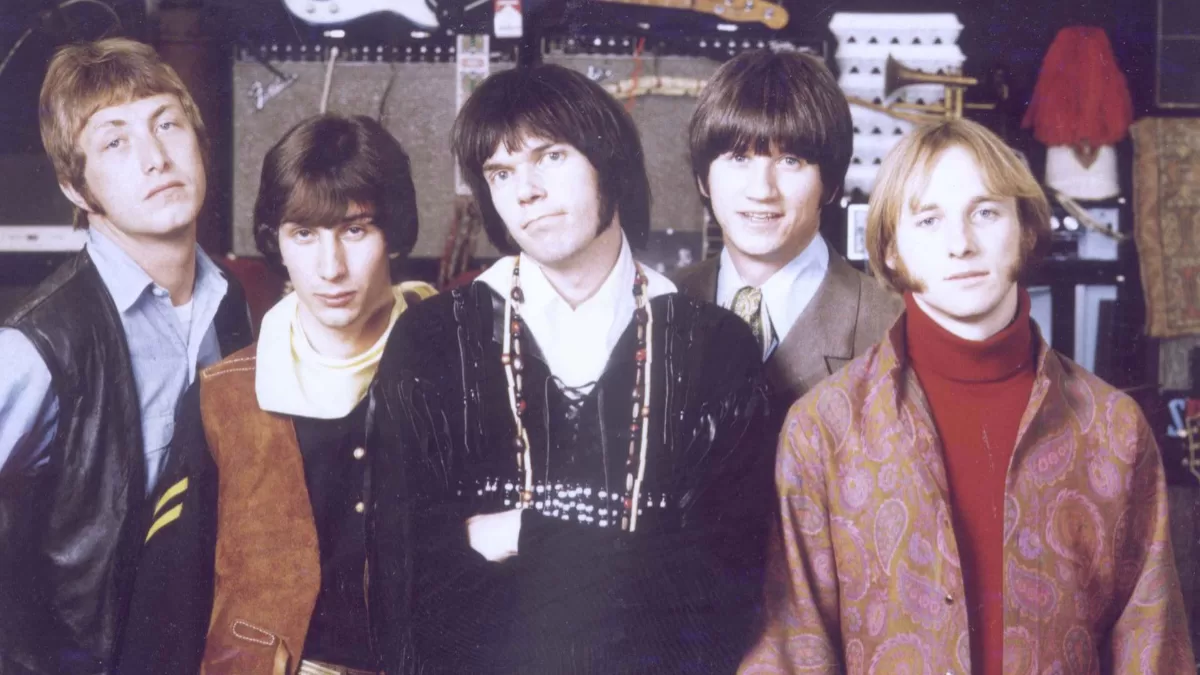
Musically, “Expecting to Fly” showcases Buffalo Springfield’s ability to experiment with genre and style. The use of orchestral strings and layered arrangements reflects a departure from the band’s earlier, more straightforward folk rock sound. This shift highlights the band’s willingness to explore new sonic territories and expand their musical horizons. Neil Young’s evocative vocal delivery and poignant lyrics are complemented by the intricate instrumentation, resulting in a song that is both emotionally resonant and sonically rich.
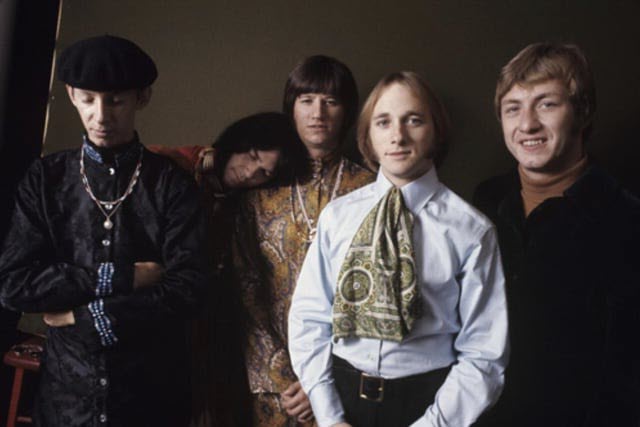
The song’s dreamlike quality is further accentuated by its production, which employs reverb and other effects to create a sense of space and depth. This production approach enhances the song’s ethereal atmosphere, allowing listeners to immerse themselves in its emotional landscape. The combination of lush orchestration, introspective lyrics, and atmospheric production makes “Expecting to Fly” a standout track in Buffalo Springfield’s catalog.
“Expecting to Fly” also reflects the broader cultural and artistic trends of the 1960s, a period marked by experimentation and exploration in music. The song’s fusion of folk rock and orchestral elements is indicative of the era’s tendency to blend genres and push musical boundaries. Neil Young’s songwriting, characterized by its introspective and poetic quality, aligns with the era’s emphasis on personal expression and artistic innovation.
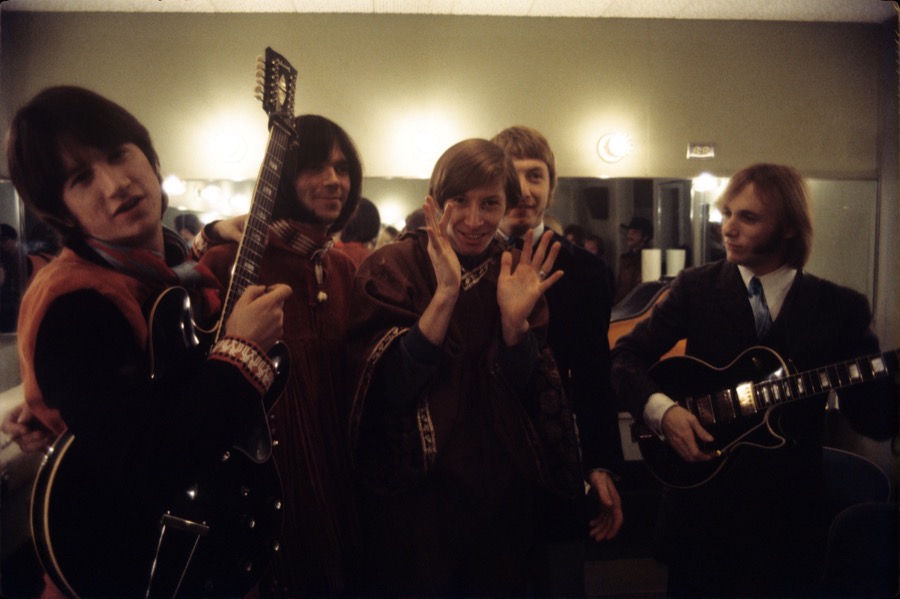
In addition to its artistic merits, “Expecting to Fly” has been praised for its emotional depth and lyrical insight. The song’s ability to capture the complexities of hope and disillusionment resonates with listeners, making it a timeless piece that continues to engage audiences. Its inclusion in Buffalo Springfield’s Buffalo Springfield Again album highlights the band’s evolution and their contribution to the development of folk rock and psychedelic music.
In conclusion, Buffalo Springfield’s “Expecting to Fly” is a masterful exploration of longing, aspiration, and the transient nature of dreams. Through its evocative lyrics, lush orchestration, and innovative production, the song captures the emotional nuances of hope and disillusionment. As a testament to Neil Young’s songwriting and the band’s willingness to experiment with new sounds, “Expecting to Fly” remains a poignant and enduring example of the artistic achievements of the 1960s.

